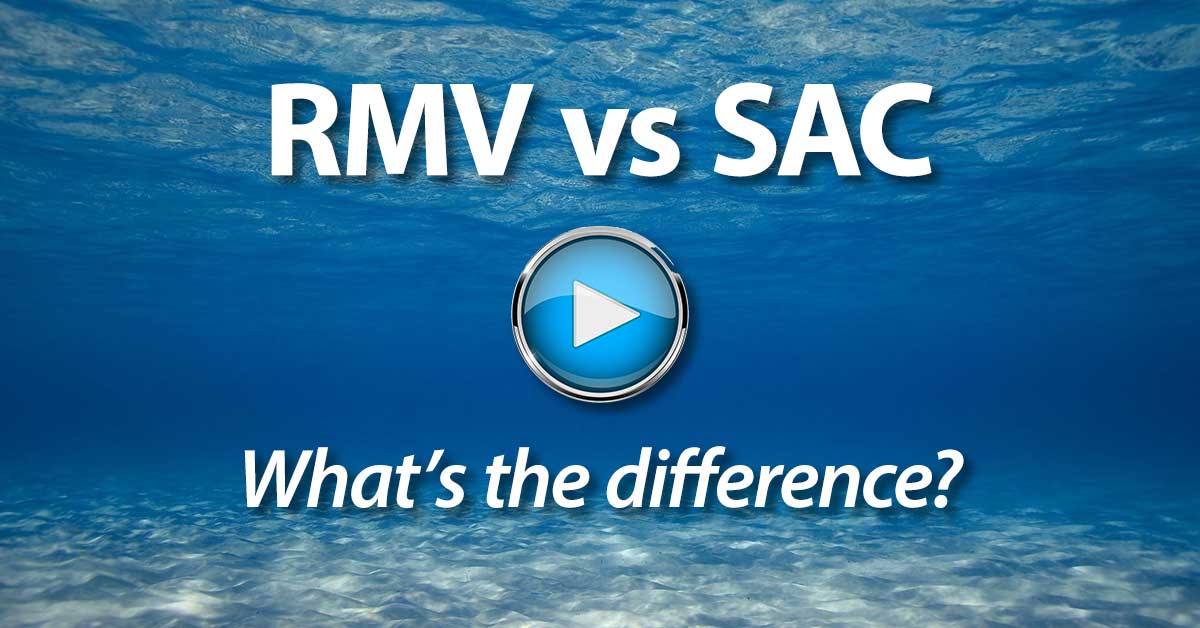Whoever slapped your hands was mistaken they're just different terms for the same thing.
Screenshot from multi deco shows them being used interchangeably
View attachment 808437
Story time to set the [frame]
------------------------
Reality and History
------------------------
Case in Point [the computer Industry 1978~idocracy1998 and beyond ] when we called ram out by the specific (design specs) 1x8 / 1x9 Dram, simm, sipp, dimm all was good you knew what you were getting would work... then the [masses] came into the industry and called them "sticks" because they could not comprehend the proper terminology for the item nor knew the difference for the terms in the industry... then the [masses started writing books and online (posts) documents for other {people} defining terms they made up... thus it devolved to the (Least Common Denominator) ...
1993~present with the internet any [entity] with a pc can write lunacy and it will become reality {I am partly to blame for giving that level of power to the savages over the past 38 years}.
I now understand why the proverbial greek gods punished prometheus.... ( humanity was not ready )
------------------------
SAC v RMV
------------------------
well the (rate) you have listed in multi-deco is at what atmosphere? surface....? because you would not use your (RMV) rate from 4 Atmospheres in your (SAC) calculation .... for your next dive plan... unless you wanted a really short dive and to come back to the surface with more air than intended
------------------------
LOGIC v CULT
------------------------
if there is a middle ground this article covers it best
WHY?
[1.] it can be tied to a veteran diver
[2.] not written by a no name clown who regurgitates web articles written by non divers
[3.] course material written by non divers in a marketing division
eg.( deco proc vs Nitrox / Advanced Nitrox) not naming any organization )
Few topics generate more confusion than Respiratory Minute Volume (RMV)and Surface Air Consumption (SAC). Here is what you need to know.

cavediverharry.com
rewinding the clock (when we needed to buy and read books when I was doing Iantd we used SAC rate.... fast forward some years later many continents later.( RMV and SAC were being used interchangeably ) i thought OK same meaning different term.... ok.... no so much
------------------------
CLOSING
------------------------
Do I want to play one up tag with you for days? NO!
I really do not have the time as I need to prepare for my 2 months in Asia Pacific scuba diving... flight leaves in a couple days from Orlando.
I will leave you with that video which many certifying training authorities knitting circles agree with....
Before it even comes up.... I started diving in 1984 got certified in 1987 I forgot how many dives i have done because i never log them this is my hobby not my life i do this to be happy ( I am not here to collect trophies and get badges ) I am here to relax from the idiots I deal with everyday in the Informaiton Technology clown world... up until this year this month I never dove with a computer only tables, two stopwatches plus a depth gauge ( oil filled cressi 1986 ) ...[plan your dive; dive your plan]
getting old sucks, now I need readers for gauges which mean prescription lenses which meant begrudgingly I had to get a dive computer as a backup...
Times change and the computer is required for the diving today it used to be a luxury item...
there is my .02 cents take it for what it is worth.
Best regards,
SGM




